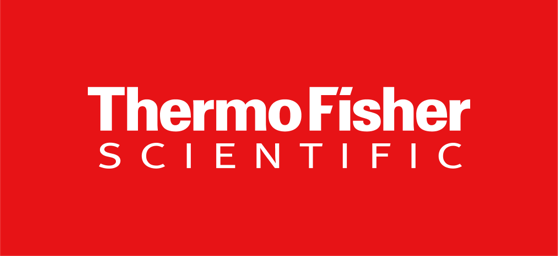Testing the suitability of different nanoparticles for the delivery of double-stranded RNA for RNA interference of aphid effectors.
Engelsman, C.*, Swiegers, H. W., Nicolis, V. N., Burger, N. F. V., Botha, A.-M.
Stellenbosch University
Diuraphis noxia, also known as the Russian wheat aphid (RWA), is a small, phloem-feeding insect that is found in regions with drier climates, such as South Africa and USA. RWAs feed on cereal crops, particularly wheat and barley, resulting in significant yield reductions and higher pesticide costs. This makes the RWA an economically important pest. RWAs reproduce predominantly by asexual facultative parthenogenesis in which non-recombinant vertical gene transfer occurs. However, significant variation in virulence between RWA population groups, termed biotypes, is still observed. It has been shown that salivary proteins secreted by the RWA into the host, termed effectors, interfere with host defence mechanisms allowing them to feed undetected. Therefore, these effectors contribute significantly to virulence. However, the mechanisms of RWA virulence have not yet been completely characterised, resulting in gaps of the comprehension of RWA-host interactions. New biotypes with enhanced virulence continue to emerge, emphasising the need for further characterisation of RWA effectors to obtain a better understanding of RWA virulence. The current methods for RWA control include the application of chemical-based insecticides and the breeding of resistant host cultivars. A build-up of tolerance to resistant host cultivars, in addition to recent global bans on numerous chemical-based insecticides, highlight the need for new RWA control systems. The use of nanoparticles for the delivery of double-stranded RNA for RNA interference of effectors has shown great potential as a pest control system. Its ability to target and silence specific genes make it useful for both the functional characterisation of effectors and the development of novel RWA control systems. Chitosan, layered double hydroxide (LDH) clay nanosheets, cationic dendrimers and liposomes are classes of nanoparticles that have been used to successfully deliver dsRNA in pest control systems. However, the suitability of each nanoparticle class varies depending on the system, particularly in terms of delivery efficiency and toxicity. Therefore, this study investigated the suitability of chitosan, LDH clay nanosheets, cationic dendrimers and liposomes for the delivery of dsRNA and subsequent functional characterisation of RWA effectors. These results will play an important role in guiding strategic decisions regarding the development of a novel RNAi-based system for the control of RWAs in cereal agriculture.
Keywords: Diuraphis noxia, effectors, nanoparticles, double-stranded RNA, RNA interference
